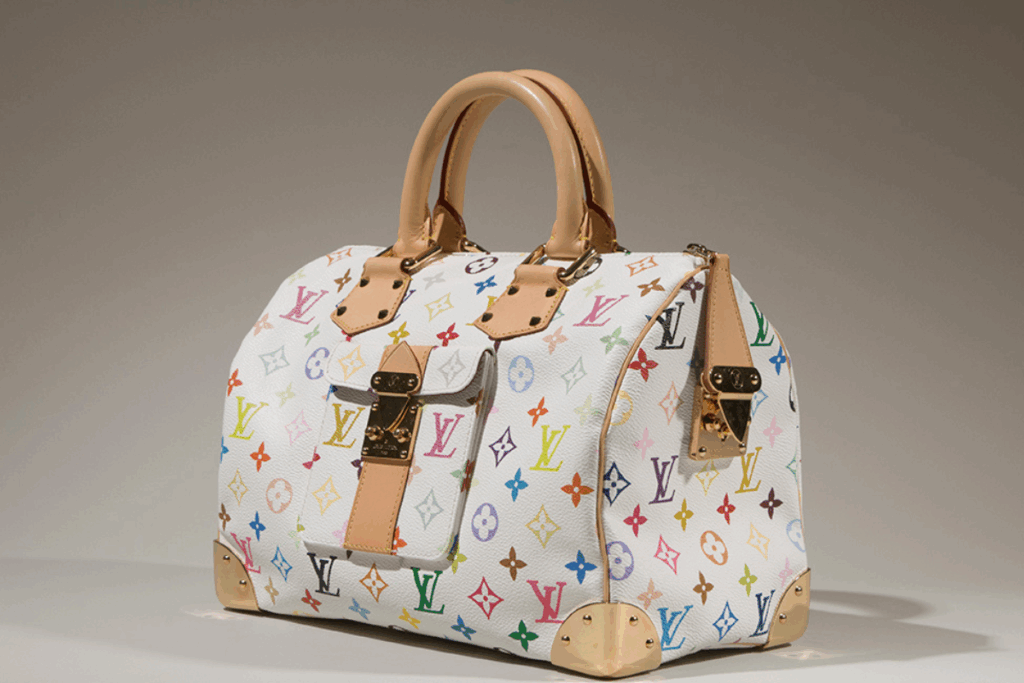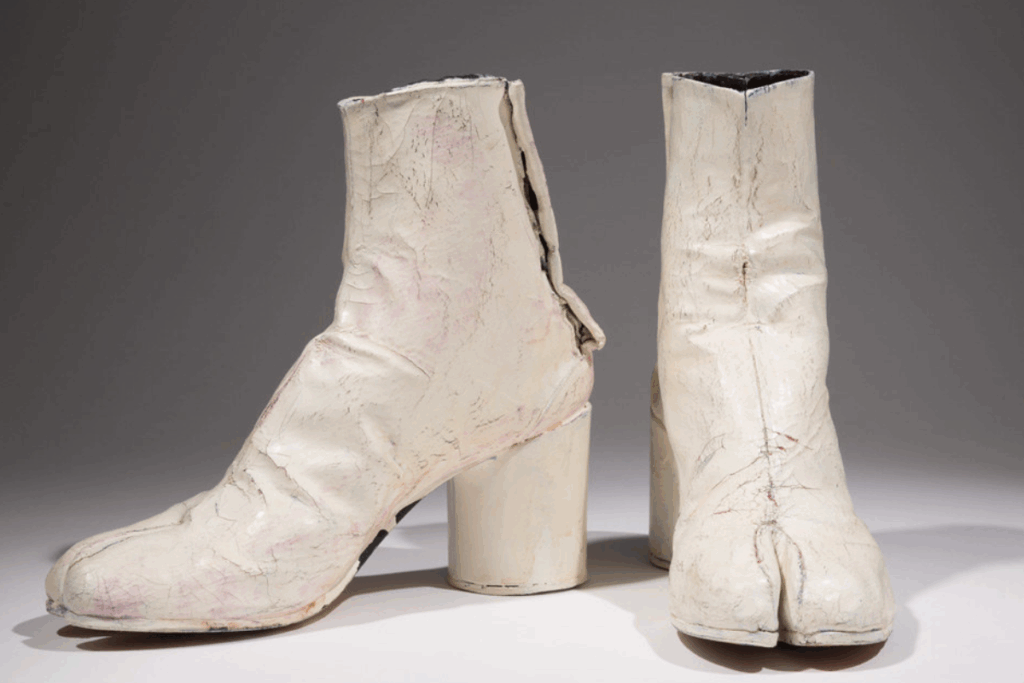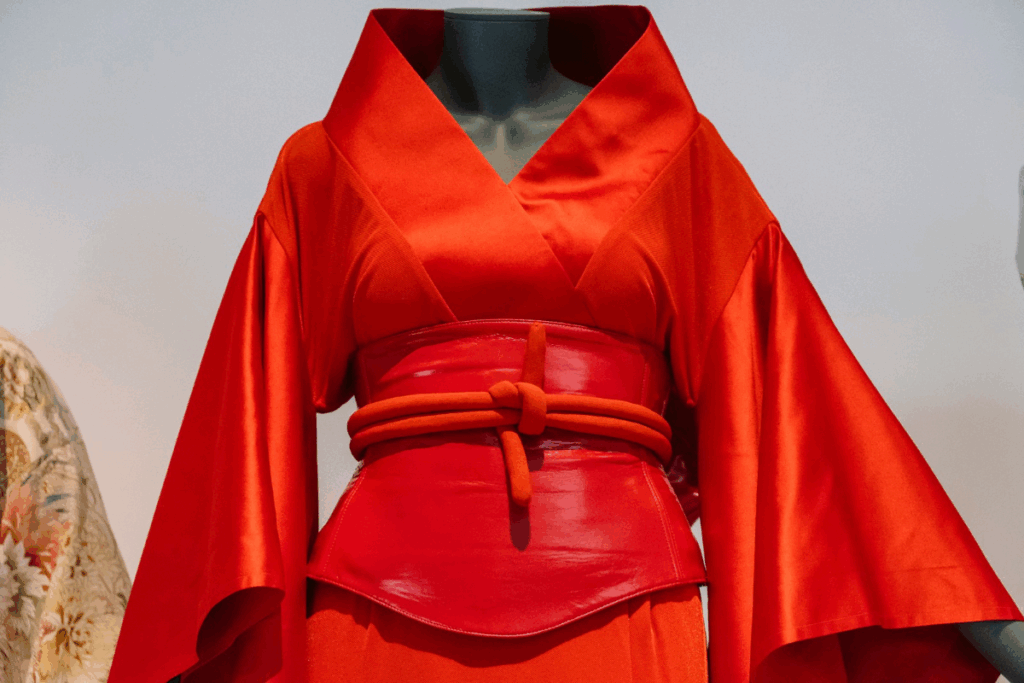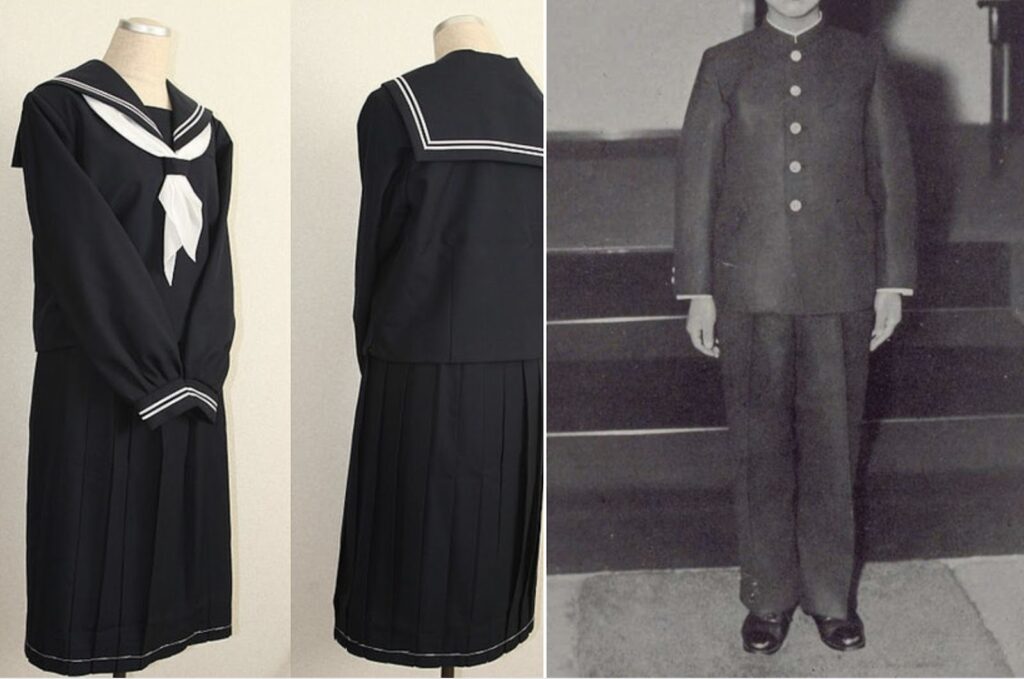How Japanese Culture Shapes French Luxury Fashion
Japanese culture has long been a source of inspiration for the fashion world, and its influence on French luxury fashion is more pronounced than ever. Over the years, elements of traditional Japanese design such as the elegance of the kimono, the precision of craftsmanship and the boldness of street style, have been seamlessly integrated into high-end fashion collections.
This cultural exchange has led to the creation of innovative and unique pieces that blend the refinement of French luxury with the distinctive aesthetics of Japan. Let’s take a look at how some of the most prestigious French luxury houses and haute couture brands have incorporated these elements into their creations.
Louis Vuitton and Takashi Murakami

Since their first collaboration in 2003, Louis Vuitton and Takashi Murakami have formed a long-lasting partnership that has redefined the boundaries of luxury fashion. Murakami, known for his bold pop-art style rooted in Japanese manga imagery, brought a fresh and vibrant perspective to Louis Vuitton’s classic designs. His creations, which amplify and reinterpret manga’s whimsical and playful aesthetics, infuse a deeper, often surreal energy into high fashion. By blending the kawaii (cute) aspects of manga with more complex, thought-provoking themes, Murakami’s work in fashion goes beyond mere accessories, turning them into cultural statements. Through their collaborations, Louis Vuitton and Murakami not only incorporated Japanese pop culture but also elevated it, making it a significant influence in global luxury fashion.
In 2025, this iconic duo reunited to continue their cultural dialogue with a new collection that celebrates the arrival of spring. The latest chapter of their collaboration reintroduces Murakami’s signature Cherry Blossom motif, an emblem of the fleeting beauty of nature, now brought to life in Louis Vuitton’s creations. The collection, presented by Louis Vuitton ambassador Zendaya, brings a fresh energy to the brand, further highlighting the strong influence of Japanese aesthetics on luxury fashion. This ongoing collaboration represents another important step in the continuous blending of Japanese culture with French haute couture, combining classic artistry with modern design.
Maison Margiela’s Tabi Boot and Japanese Influence

Maison Margiela introduced the Tabi Boot in 1989, reimagining the traditional Japanese tabi sock as high-fashion footwear. Known for its distinct split-toe design, the original tabi dates back centuries and was worn with geta or zori sandals in Japan. Margiela’s bold reinterpretation turned a humble cultural item into a fashion icon, sparking both admiration and debate.
The Tabi Boot quickly gained recognition for its minimalist look and unconventional shape. It challenged Western ideas of beauty and symmetry while honoring Japanese craftsmanship and design philosophy. Over the years, Margiela has continued to reinvent the Tabi in various materials and finishes, keeping it relevant in both luxury fashion and avant-garde design circles.
More than just a statement shoe, the Tabi reflects deeper themes such as identity, transformation and cultural exchange. It’s a rare example of how a single design can bridge two very different worlds—Japanese tradition and French conceptual fashion—while leaving a lasting mark on the global fashion scene.
Jean Paul Gaultier’s Iconic Kimono-Inspired Couture Designs

Among French luxury designers, Jean Paul Gaultier stands out for his long-standing and unapologetically bold reinterpretations of the Japanese kimono. Throughout his career, the designer returned to this garment as both a structural and symbolic element. In his iconic Spring/Summer 2001 Haute Couture collection, Gaultier presented a sculptural silk kimono dress with oversized sleeves, layered folds and a calligraphy-printed train, blurring the lines between traditional costume and avant-garde couture.
This fascination extended beyond the runway. In 1999 Gaultier designed a striking red kimono-inspired gown for Madonna’s “Nothing Really Matters” performance, drawing inspiration from the elegance of geisha dress. The look featured flowing sleeves, a cinched waist and theatrical presence, instantly becoming one of the most iconic stage outfits of Madonna’s career. It brought Japanese style to the global pop stage, reinforcing Gaultier’s reputation as a designer who could seamlessly blend cultural reference with high fashion and performance.
Gaultier continued to explore the kimono in later collections, including his Spring/Summer 2019 Haute Couture show, where he deconstructed the garment into separate pieces and transformed the obi (traditional sash worn with a kimono) into sculptural corsets. Whether rendered in minimalist black or embroidered with intricate florals, Gaultier’s kimono pieces reflected his admiration for Japanese craftsmanship and his drive to challenge conventional silhouettes. Rather than treating the kimono as a costume or novelty, he consistently elevated it into a symbol of couture innovation.
Pièce Unique by Edmond Luu: Fusion of Japanese Inspiration and French Luxury

Pièce Unique, founded by Edmond Luu, is a Parisian brand that uniquely blends Japanese aesthetics with the precision and elegance of French luxury fashion. Luu, who draws inspiration from his Vietnamese and Cambodian heritage, often incorporates elements of Japanese street style, vintage school uniforms—known as gakuran—and rebellious yankee culture into his designs. A prime example of this is his creation, THE EMIN JACKET, which draws from Japanese youth subculture and gakuran uniforms, reinterpreting them into sleek, modern luxury pieces.
In addition to these cultural references, Luu also incorporates elements of Japanese workwear, including structured silhouettes and utilitarian features. The brand’s emphasis on high-quality materials, tailored cuts and attention to detail mirrors the precision of Japanese craftsmanship while maintaining a distinctly Parisian flair. The combination of Japanese streetwear influences and the clean sophistication of French luxury makes Pièce Unique a standout in the world of haute couture, seamlessly blending cultural influences into fashion-forward designs.
Through Pièce Unique, Edmond Luu has successfully created a space where Japanese youth culture and French luxury intersect, showcasing how diverse cultural elements can inspire the next generation of high-end fashion.
The influence of Japanese culture on luxury fashion in France is a significant phenomenon that has enriched the creations of the most renowned fashion houses. Whether through Louis Vuitton’s vibrant collaboration with Murakami, the reinvention of the Tabi boots at Maison Margiela or kimono-inspired designs by Jean Paul Gaultier, Japanese culture has introduced a new aesthetic and conceptual dimension to high-end fashion.
This fusion of Japanese craftsmanship and French luxury is not just a trend, but a creative dialogue that continues to shape contemporary fashion. As this cultural exchange deepens, it opens fascinating possibilities for the future of fashion, inviting further exploration of international inspirations.

